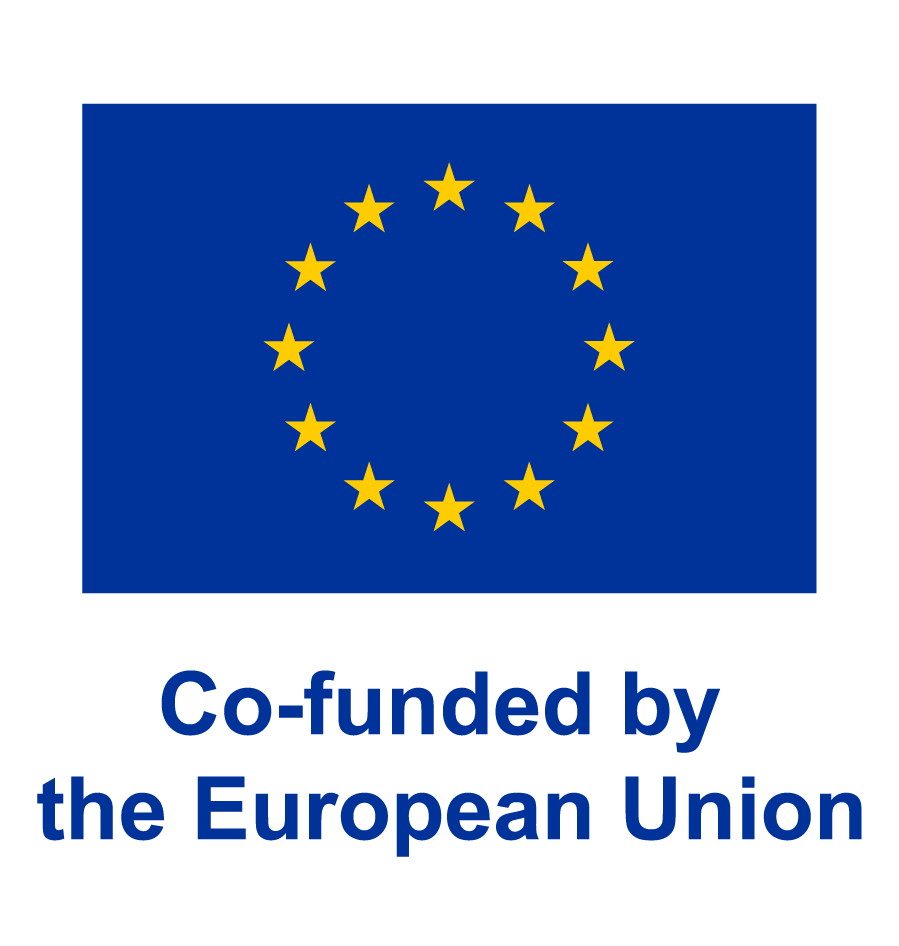Large Scale Pesticide Multiresidue Methods in Food Combining Liquid Chromatography- Time-of-Flight Mass Spectrometry and Tandem Mass Spectrometry
Juan F. García-Reyes, M. Dolores Hernando, Carmen
Ferrer, Antonio Molina-Daz, and Amadeo R. Fernández-Alba
Anal. Chem. 2007, 79, 7308-7323
Abstract
Liquid chromatography tandem mass spectrometry (LC-MS/MS) and liquid chromatography time-of-flight mass spectrometry (LC-TOFMS) are powerful and complementary techniques that can independently cover the majority of the challenges related with pesticide residue food control. The sequential combination of both systems benefits from their complementary advantages and assists to increase the performance and to simplify routine large scale pesticide multiresidue methods. The proposed approach consists of three stages: (1) automated pesticide screening by LC-TOFMS; (2) identification by LCTOFMS accurate mass measurements; and (3) confirmation and quantitation by LC-MS/MS. We have developed a fast comprehensive (identification/confirmation + quantitation) automated screening method for 100 target pesticides in crops. In the first stage, a set of data including m/z accurate mass windows (within 20 mDa width) and retention time is obtained (using a standard solution containing all the targeted pesticides) in order to build the automated screening procedure, which is created automatically by assigning retention time and the m/z mass window for each target pesticide. Samples are then analyzed, and the method enables the screening and preliminary identification of the species first by retention time and m/z mass window, followed by subsequent identification (only if positive results) by LC-TOFMS accurate mass measurements. After that, final confirmation of the positive findings using two MRM transitions and accurate quantitation is performed by LC-MS/MS using a hybrid triple quadrupole linear ion trap (QqLIT) mass spectrometer. In addition, the use of this QqLIT instrument also offers additional advantageous scanning modes (enhanced product ion and MS3 modes) for confirmatory purposes in compounds with poor fragmentation.
Examples of applications to real samples show the potential of the proposed approach, including the detection of nonselected "a priori" compounds as a typical case of retrospective evaluation of banned or misused substances.
If you want to obtain the full text document, please contact with us:
Octavio Malato: omalato@ual.es (+34) 950 214 423
Carmen Ferrer: cferrer@ual.es (+34) 950 014 102
Published 18-05-2009, 10:33:56
Top of Page

